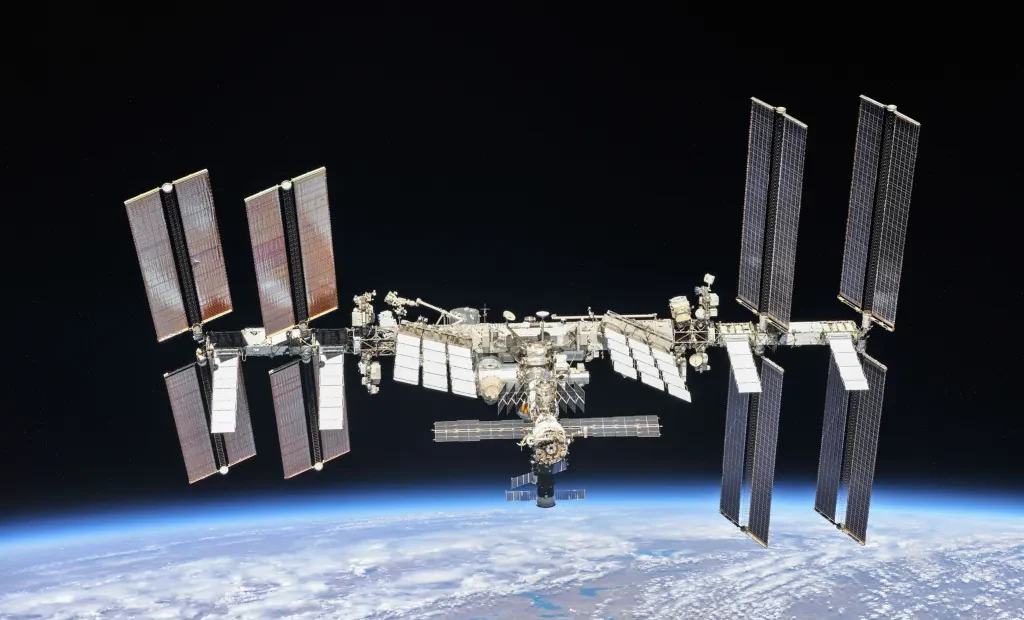Oxford University sends human tissue samples to space

To study microgravity effect on human ageing
The first human tissue samples from Oxford University’s Space Innovation Lab (SIL) have been launched to the International Space Station (ISS) to study the effects of space microgravity on human ageing.
Researchers from the SIL recently travelled to NASA’s Kennedy Space Centre in Florida to prepare the samples for launch.
The launch occurred on November 5, 2024. The samples are secured inside a Science Cube housed in the ICE Cubes Facility on the ISS. This platform provides power, data, and real-time connectivity, enabling Oxford researchers to monitor and interact with the experiment remotely.
Dr Ghada Alsaleh, who leads the SIL, highlighted the significance of the project, stating: “This is an exciting moment—not just because we’re embarking on a journey to space, but because we’re bringing along a groundbreaking project that could help people live healthier lives, both on Earth and in space.”
The research aims to uncover how ageing progresses under microgravity, potentially accelerating the study of age-related diseases and health issues.
By using advanced tools like organoids, 3D printing, and mechanical stress testing, the researchers hope to gain critical insights into the cellular mechanisms of ageing, potentially leading to space and Earth-based health breakthroughs.
The SIL, led by Dr Alsaleh, is part of Oxford University’s Botnar Institute of Musculoskeletal Sciences and opened in July 2023. It is the first lab in the UK and has direct operational connections with the ISS for real-time research collaboration.
Professor Jonathan Rees, Head of the Nuffield Department of Orthopaedics, Rheumatology, and Musculoskeletal Sciences (NDORMS), said: “This pioneering research project demonstrates the international nature of modern scientific research. The collaborations between Oxford, space agencies and industry have made it possible for researchers to control and observe experiments in space in real-time, which makes the whole process of carrying out cutting-edge research far more efficient.”
Featured image: The International Space Station is seen with Earth in the background. Credit: NASA
Last Updated on 4 months by Arnold Pinto













